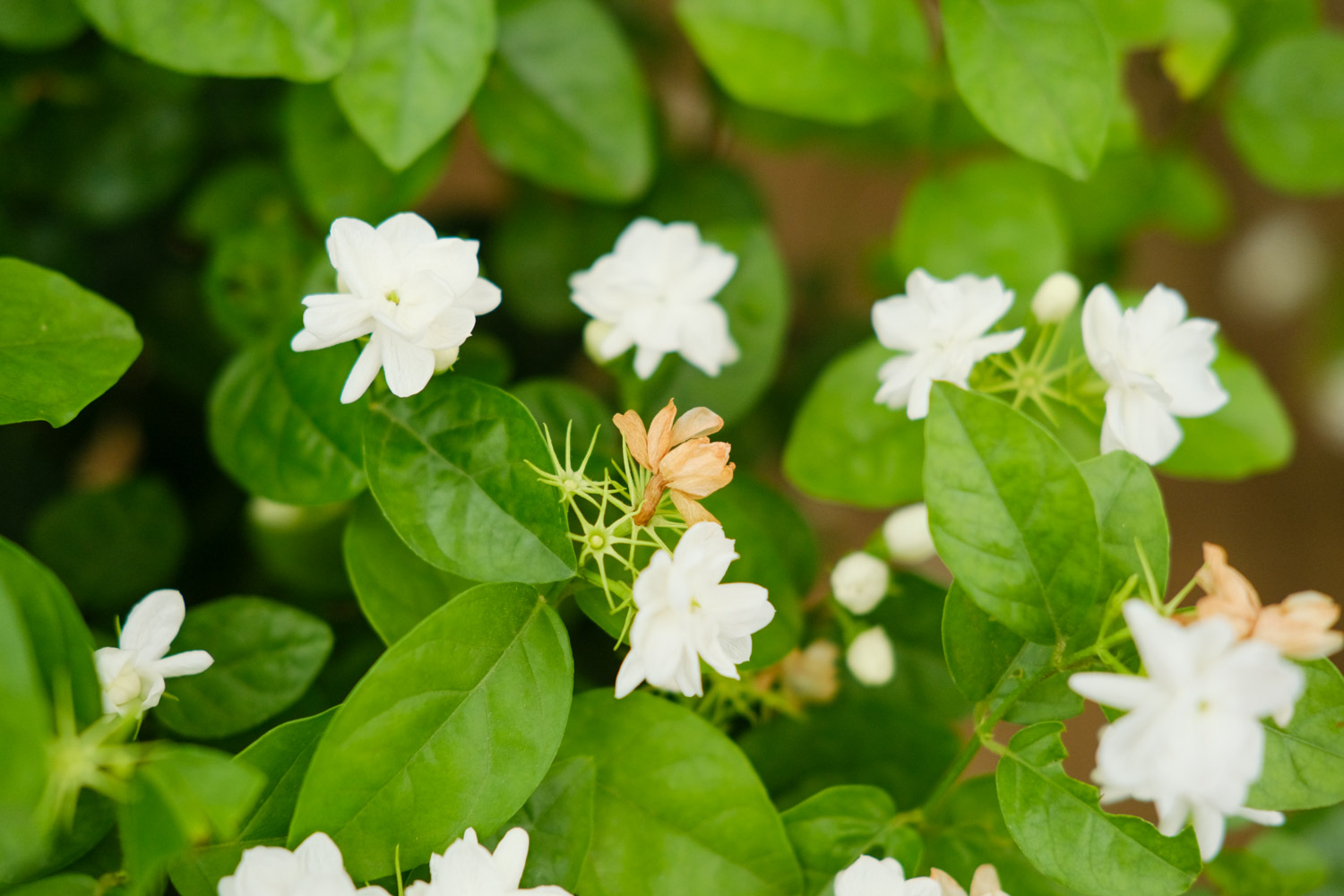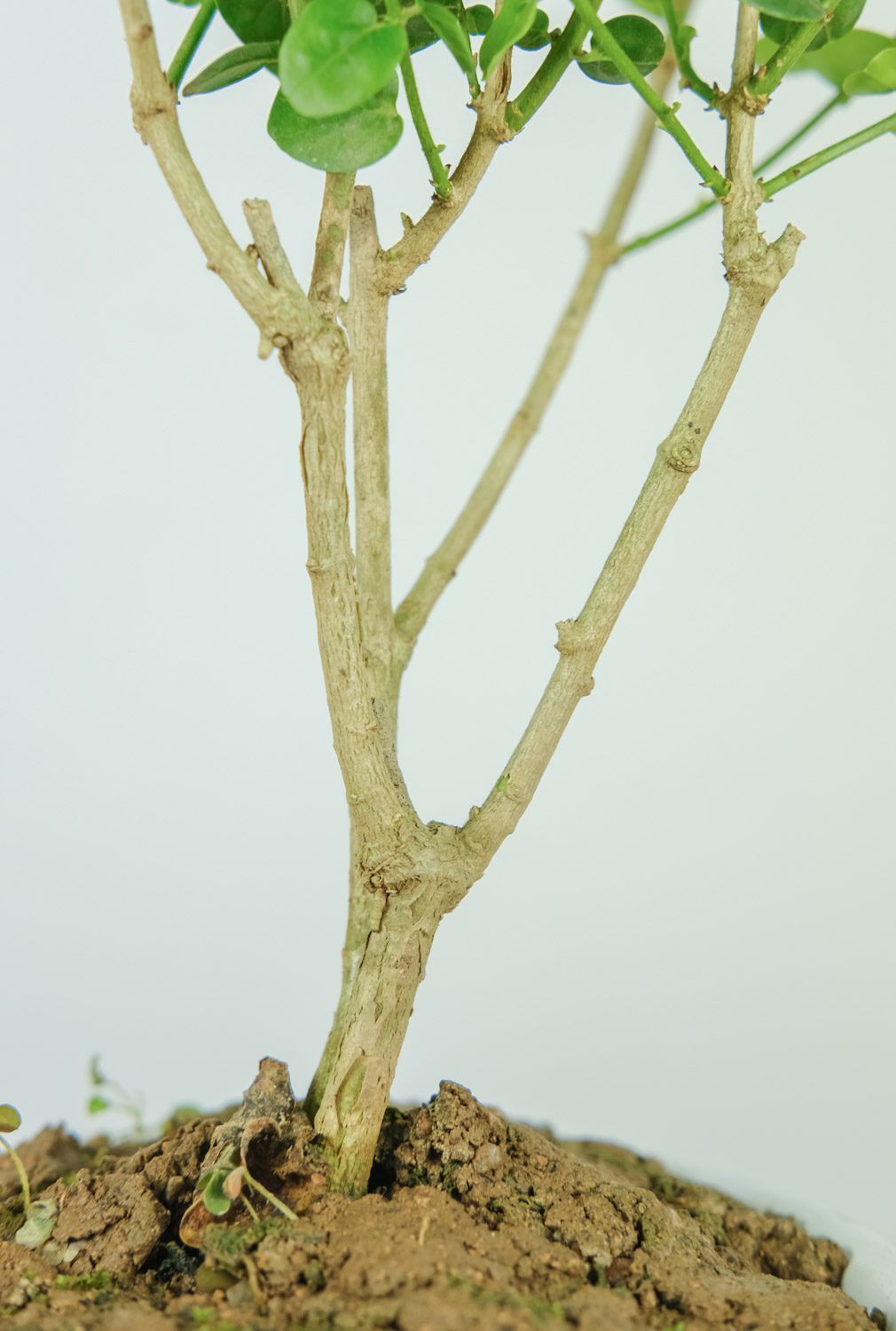1、 Breeding skills
1. Soil: the growth of jasmine is inseparable from the rich organic matter in the soil. Good drainage and air permeability can also help the root breathe. The garden soil can be mixed with compost and river sand in the proportion of 2:2:1, and a little animal manure or rotten cake fertilizer can be added
2. Light: jasmine is suitable to grow in a well lit environment, and the daily light time shall not be less than 8 hours. Insufficient light can easily lead to its overgrowth and delay its flowering time. Indoor breeding must be placed where you can see light for a long time

3. Moisture: Jasmine likes to be wet. Watering cannot wait until it is dry, which is bad for its growth. Generally, the soil on the surface is dry, but the moisture inside can be watered
4. Fertilization: Jasmine has a great demand for fertilizer during its growth and flowering period. In the peak growing season, organic fertilizer should be applied twice a month to comprehensively supplement nutrients. In the flowering period, the fertilization is mainly phosphorus and potassium fertilizer, which can be sprayed on the leaf surface with potassium dihydrogen phosphate mixed with water. Be careful not to spray on the flower bud

2、 Reproductive skills
1. Cutting: most cutting methods are carried out from April to October. Cut 1-year-old mature branches, keep two nodes on the top, and remove the lower leaves. Insert it into the sand bed and cover it with a bag after spraying water, which can keep warm and moisturize. Generally, it can take root in 40-60 days
2. Layering: select a long branch, cut the lower part of the node and bury it in the soil. It can take root in one month and separate from the original plant in two months

3、 Pest control
1. Diseases: common diseases include white silk, anthrax, leaf spot and soot. It is necessary to remove the diseased branches and leaves and strengthen the maintenance. White silk disease and anthrax can be treated with chlorothalonil or mancozeb. Leaf spot and soot can be controlled by spraying Bordeaux liquid
2. Pests: the main pests are leaf curling moth and red spider. Among them, the red spider has strong reproductive ability and needs to be sprayed frequently. Dicofol can be used to control it

 jackfruit
jackfruit snake plant
snake plant hibiscus
hibiscus hydrangea
hydrangea lavender
lavender Green roses climb al...
Green roses climb al... If you don't pay att...
If you don't pay att... Management of four g...
Management of four g...

































